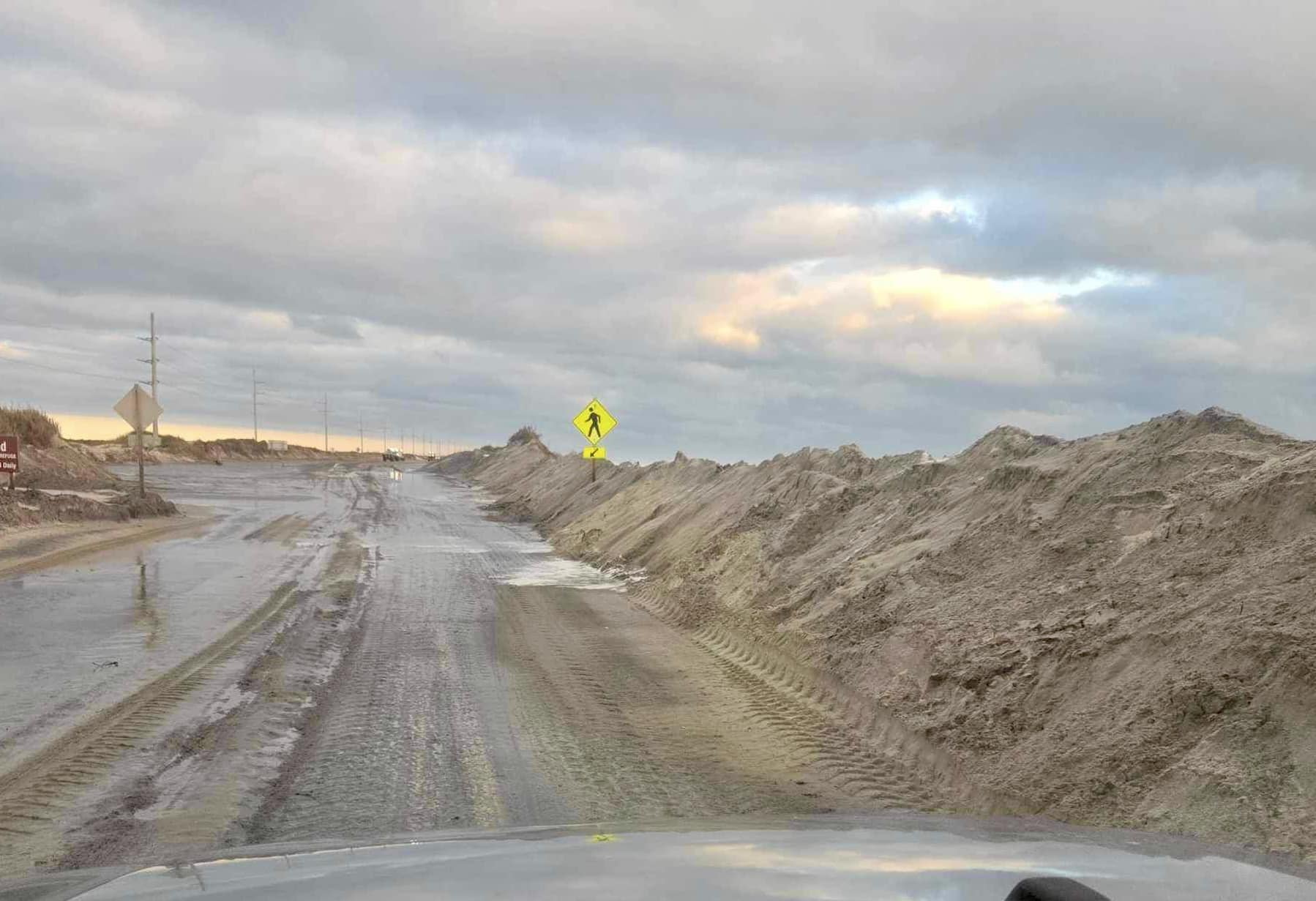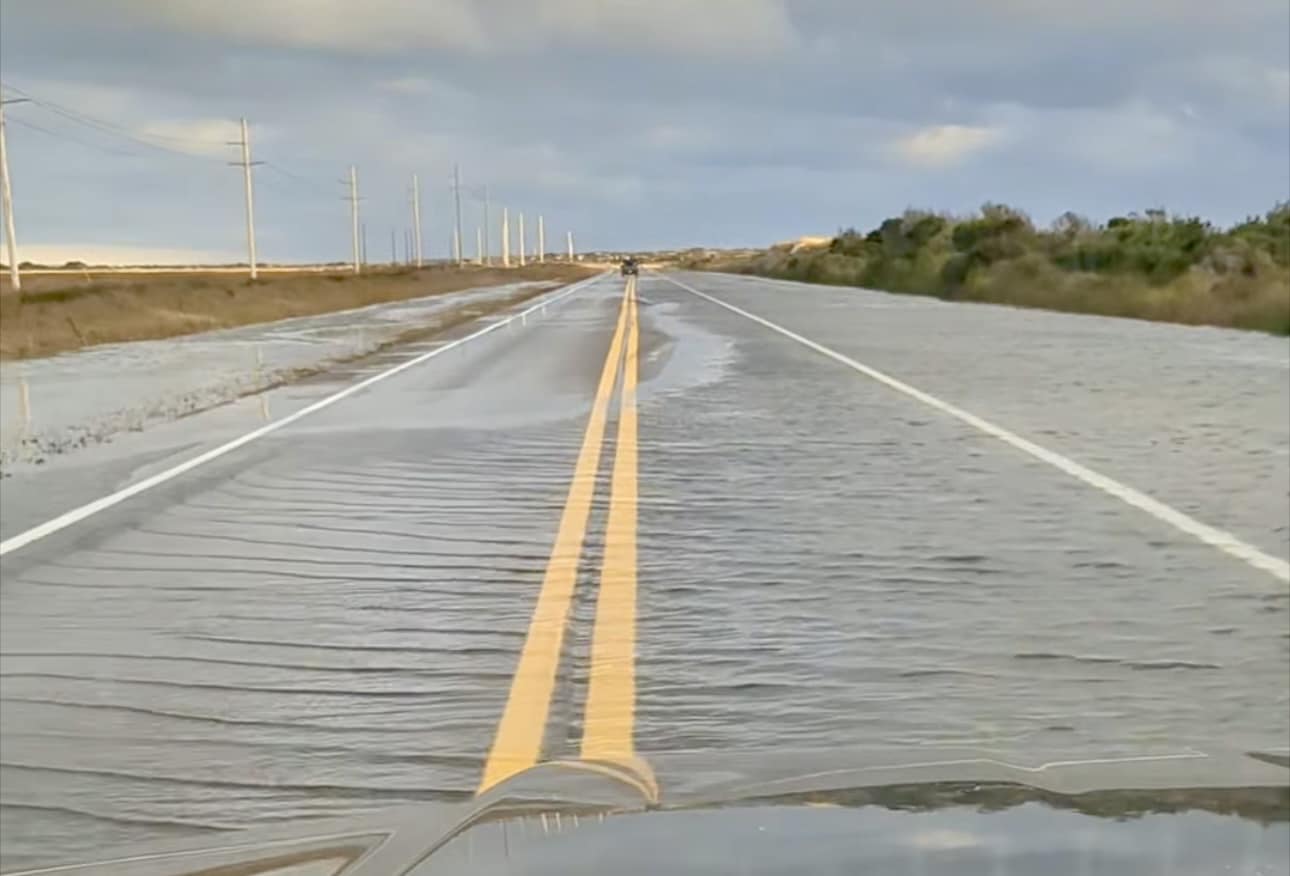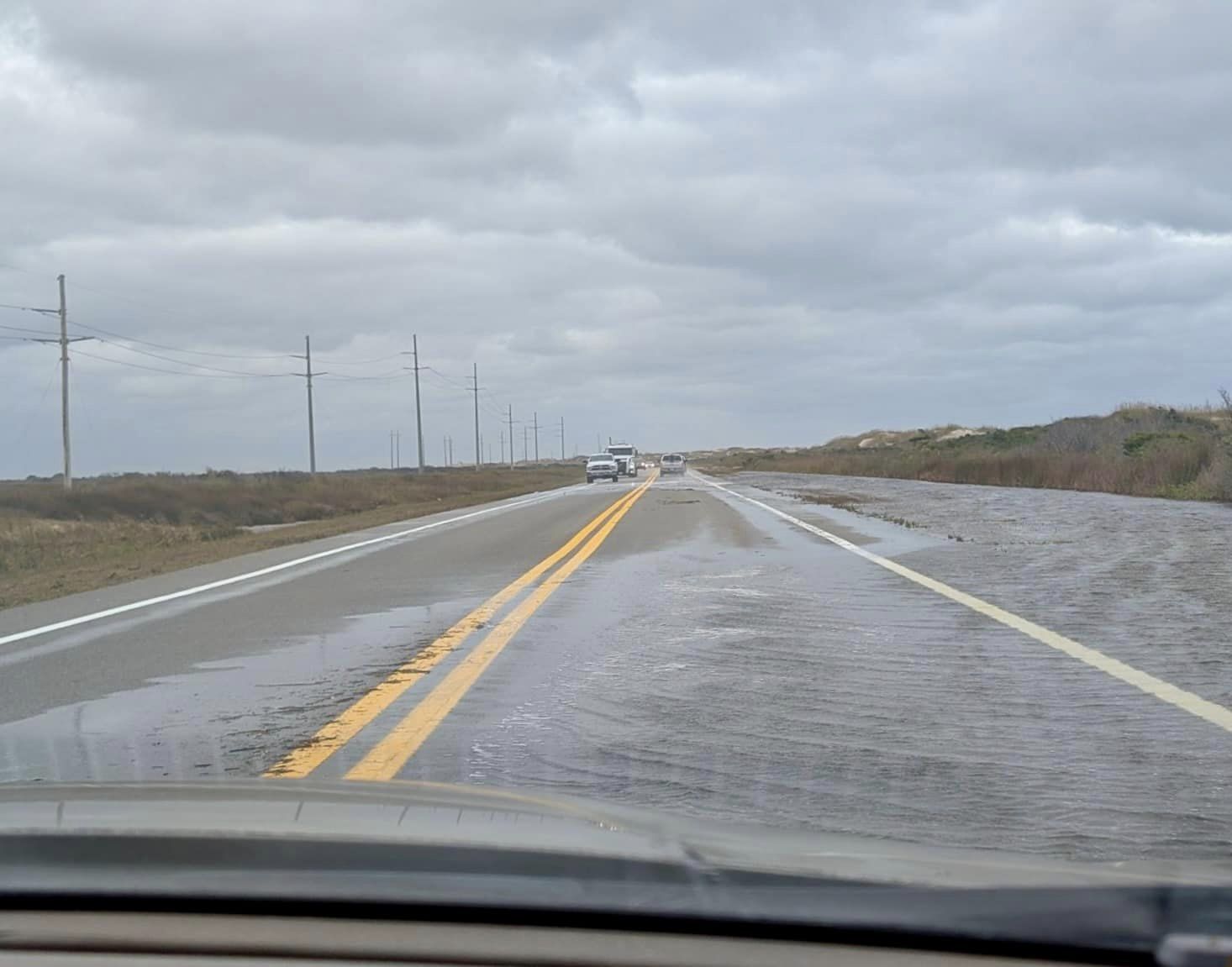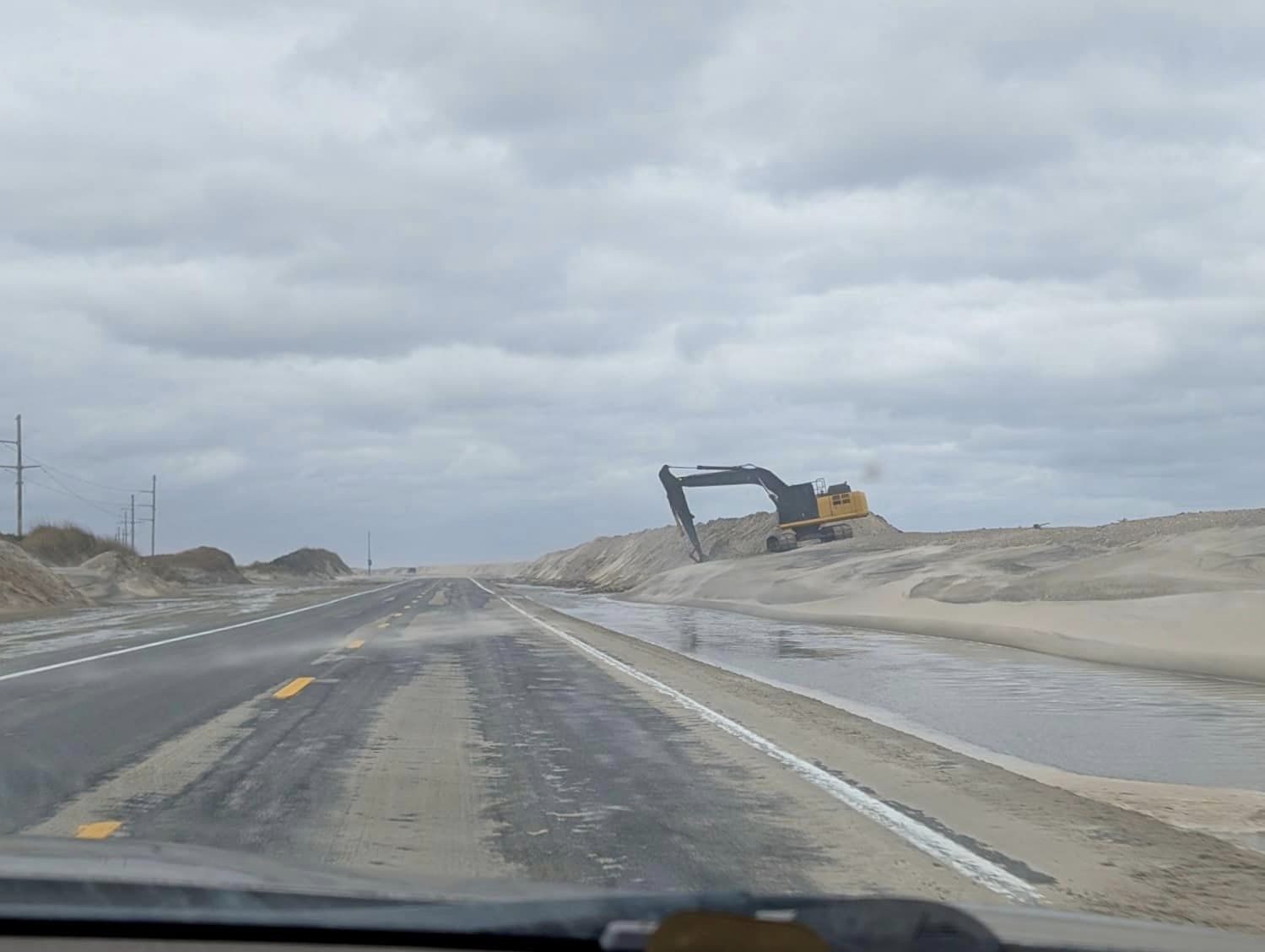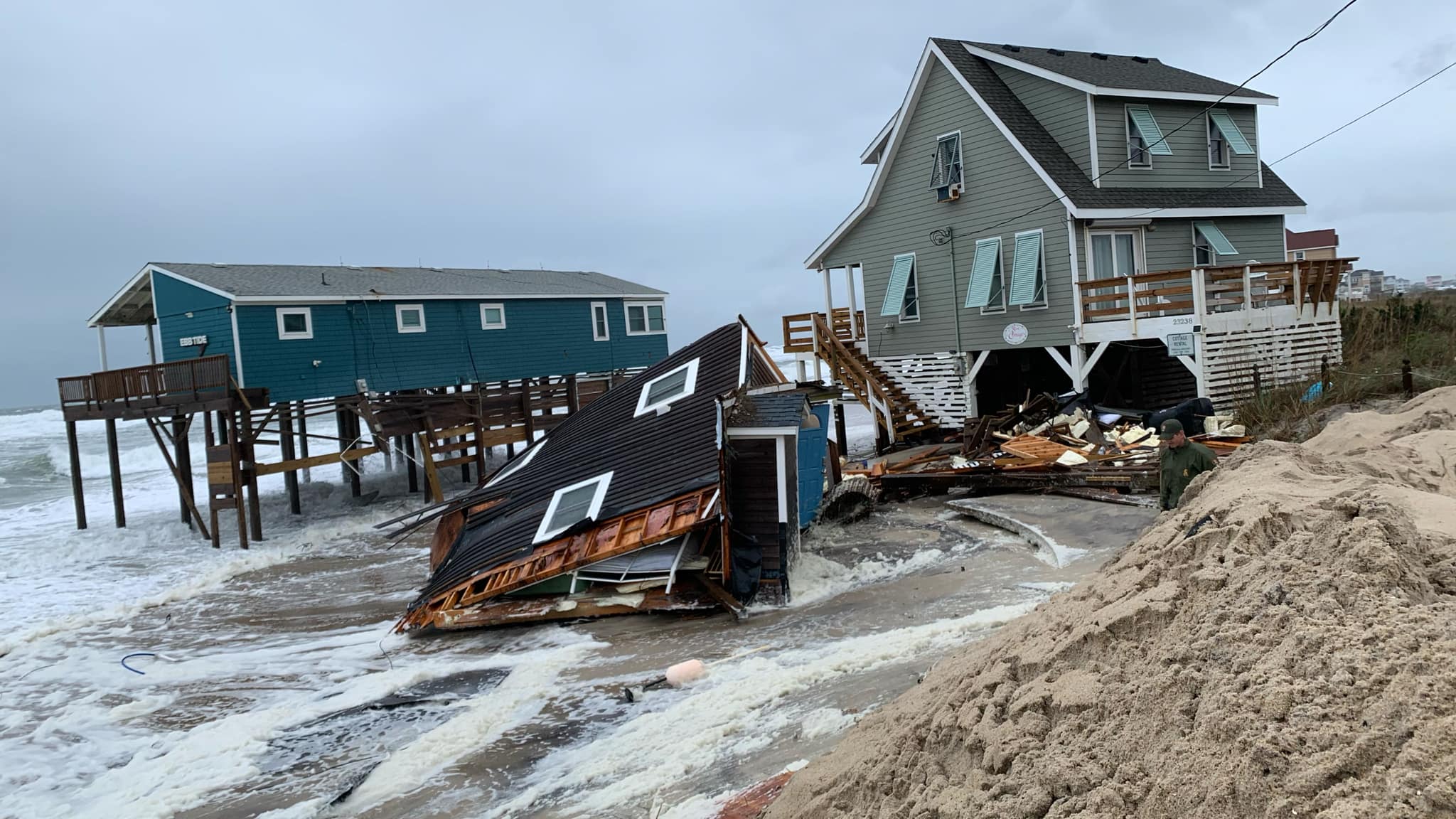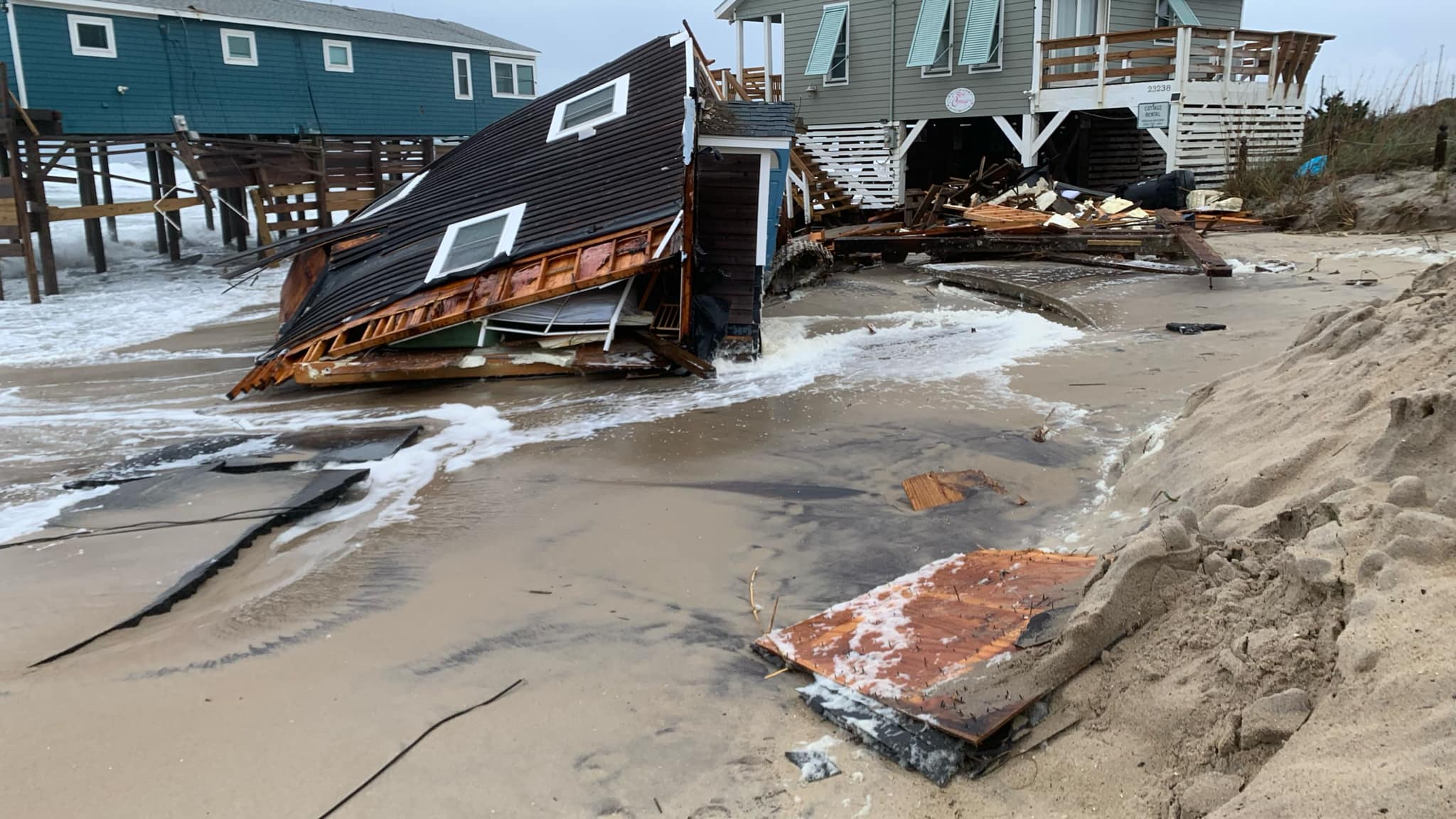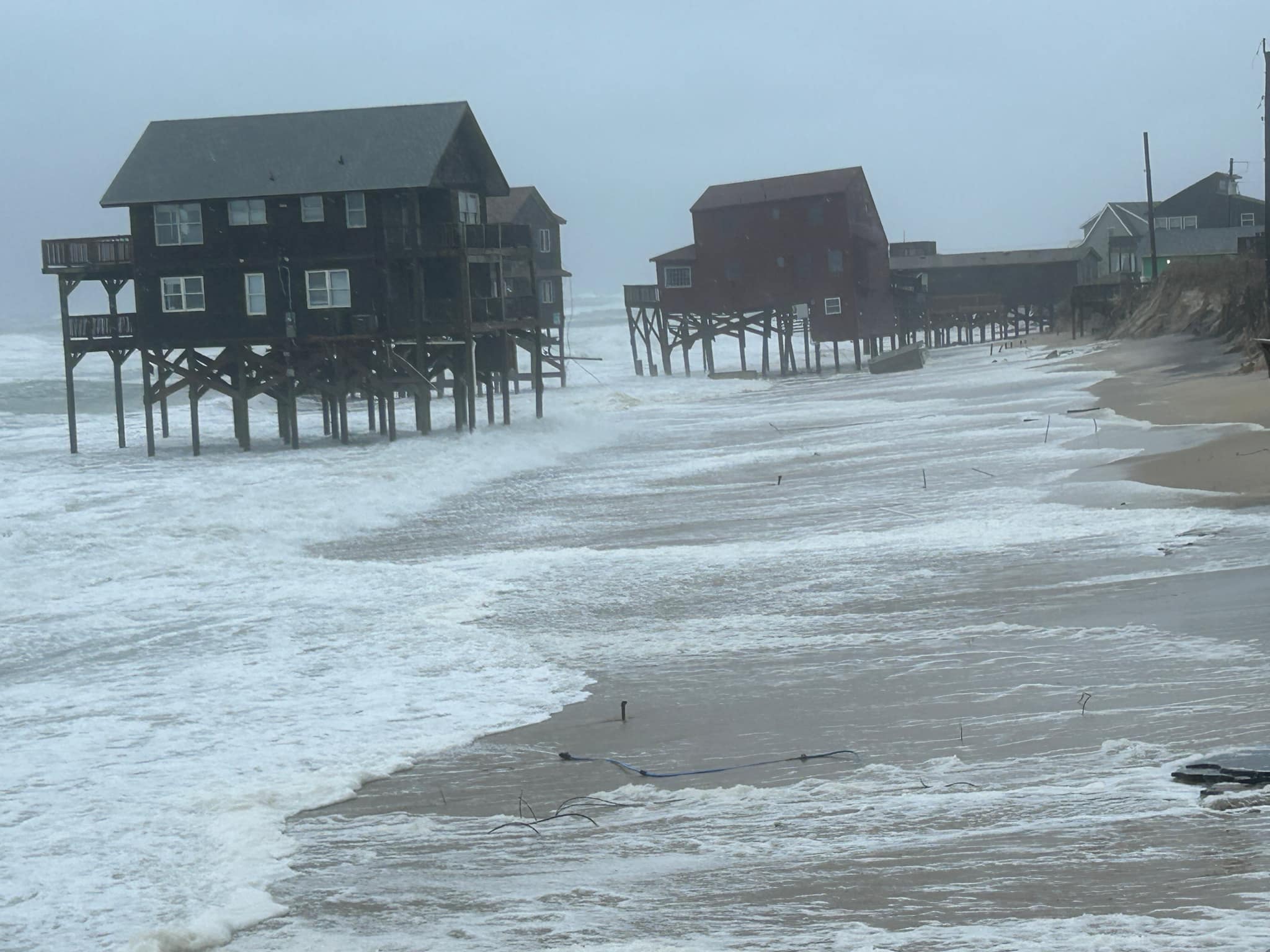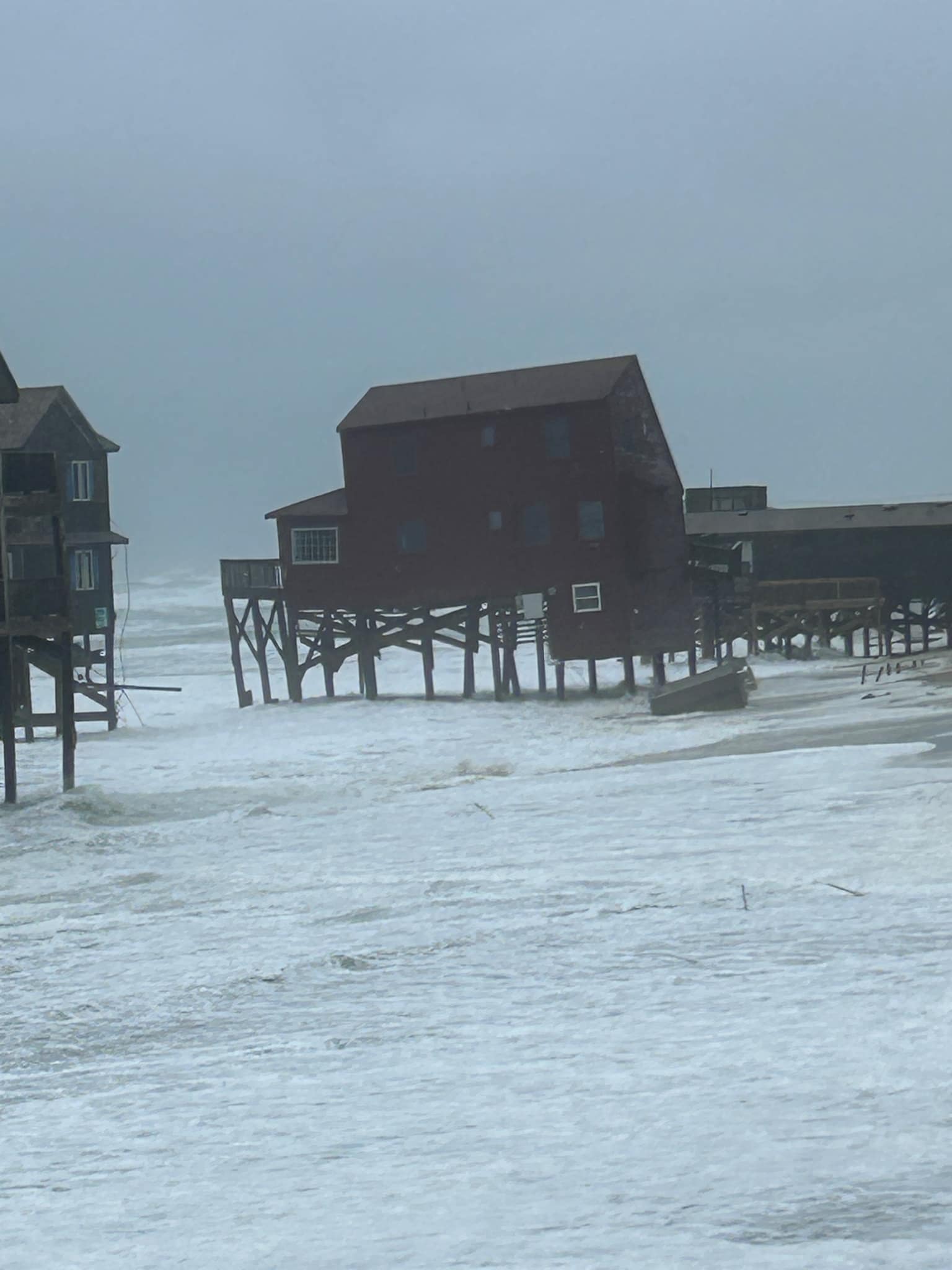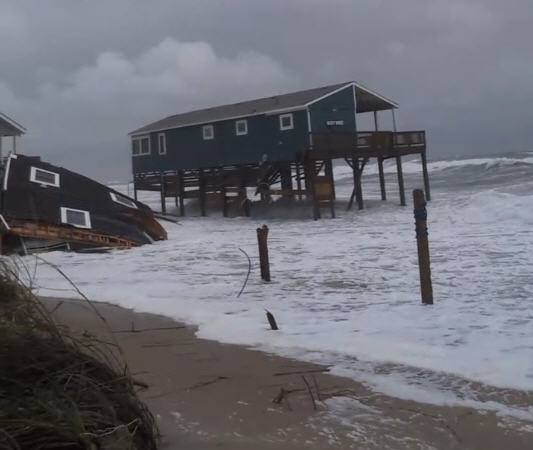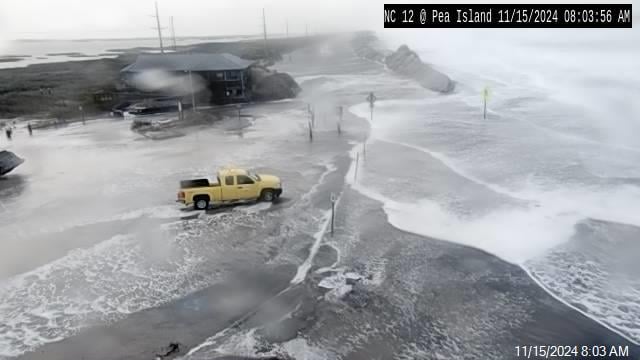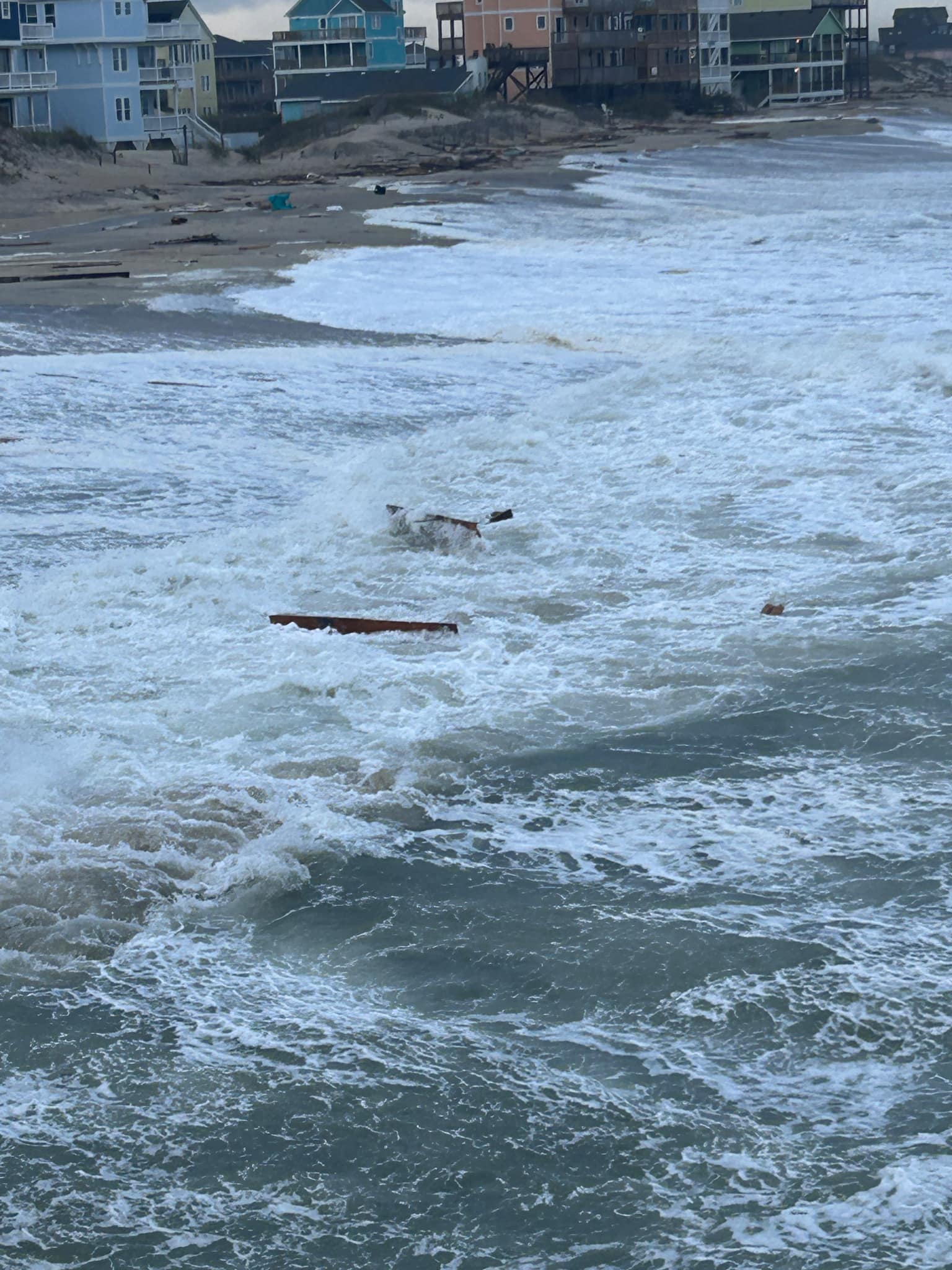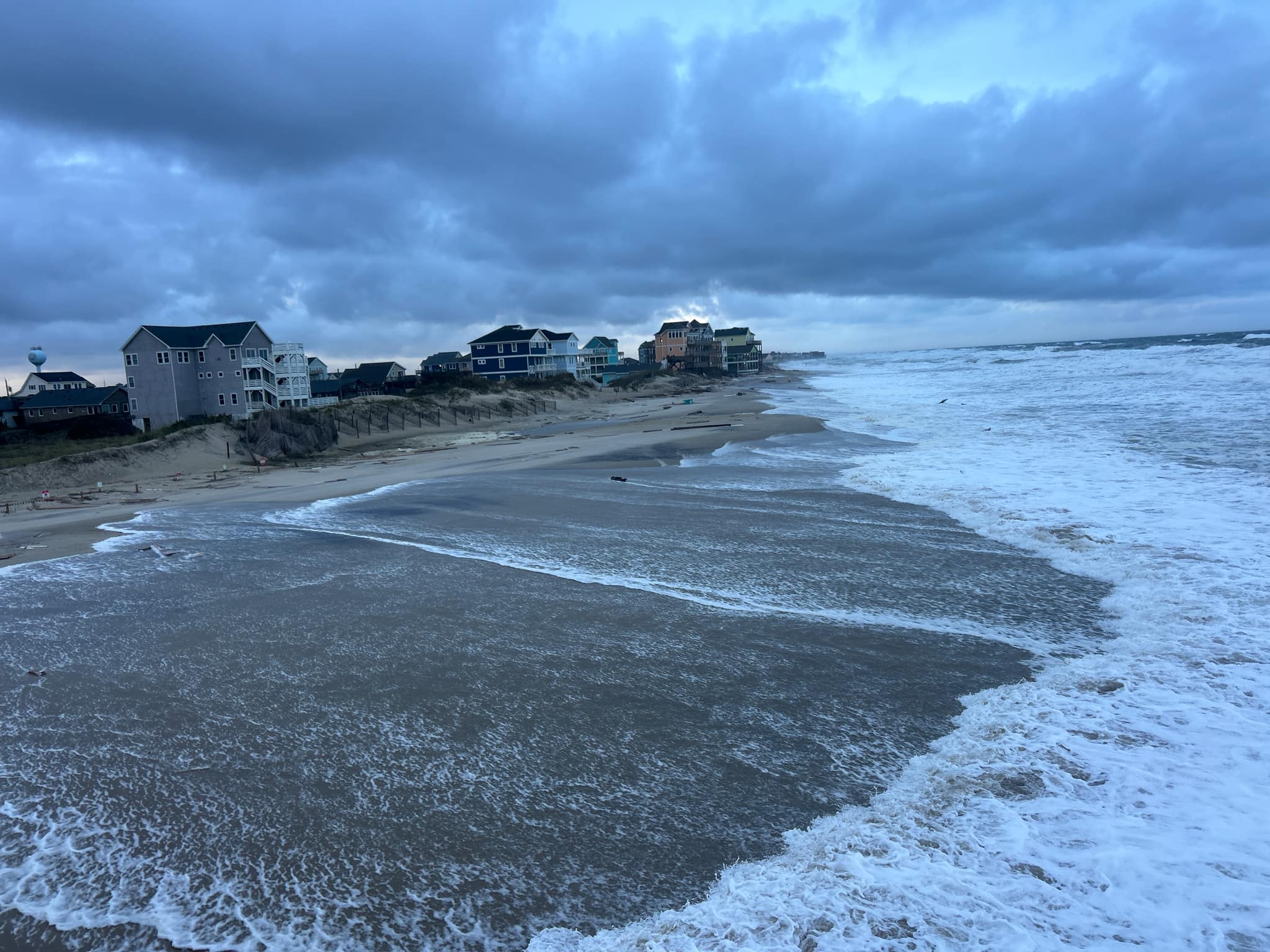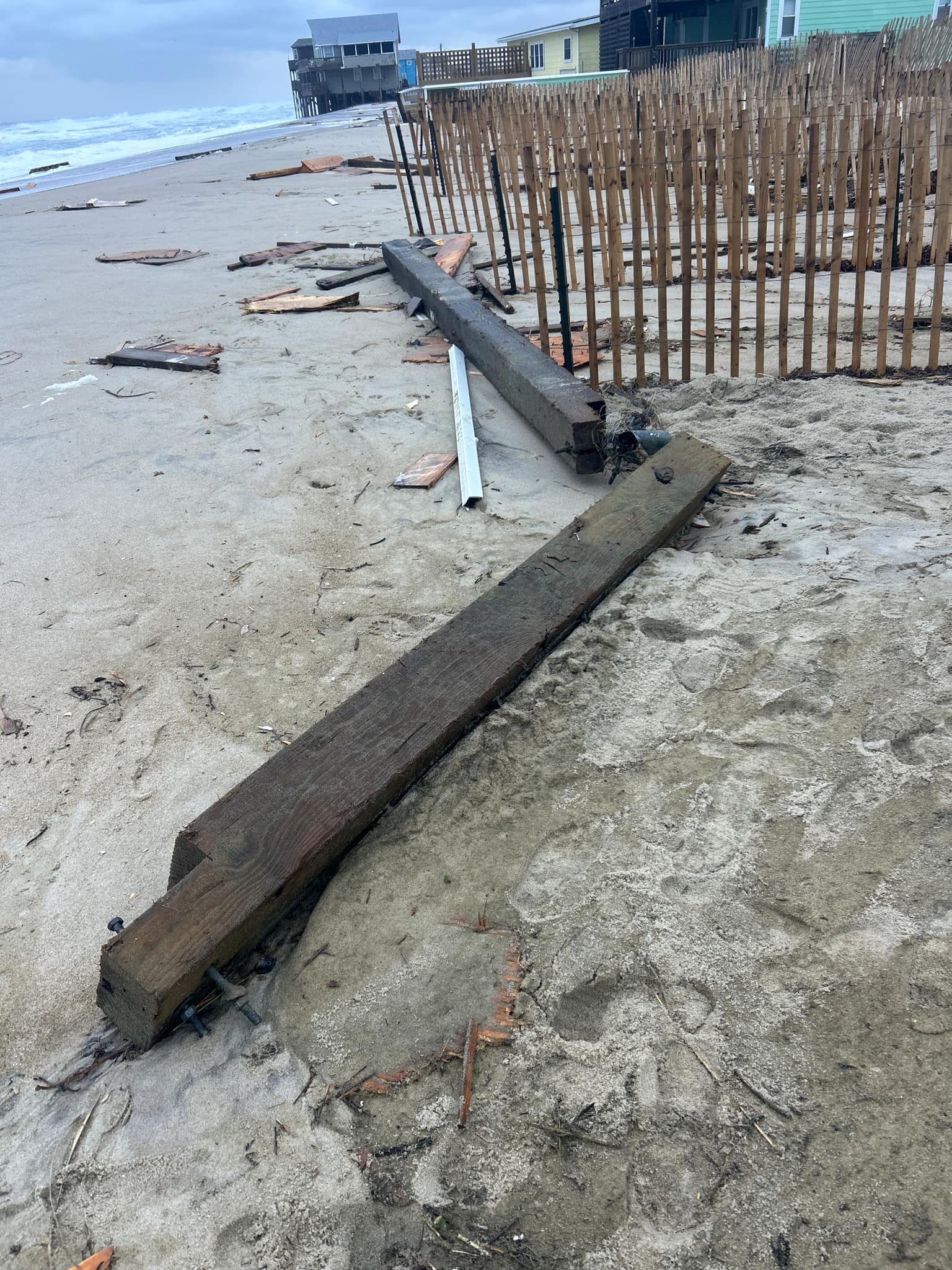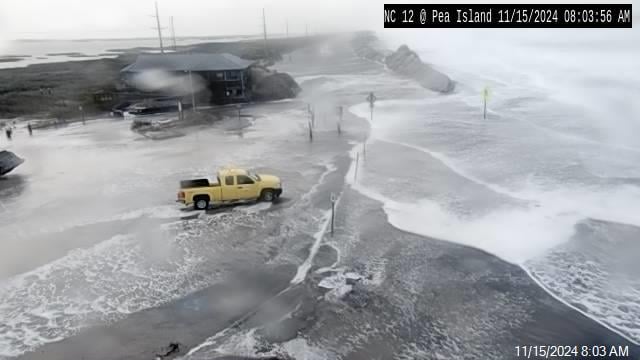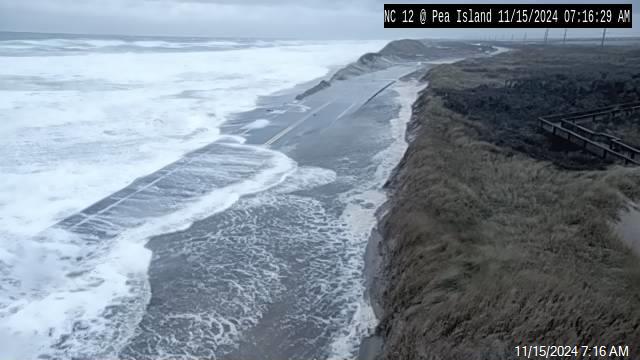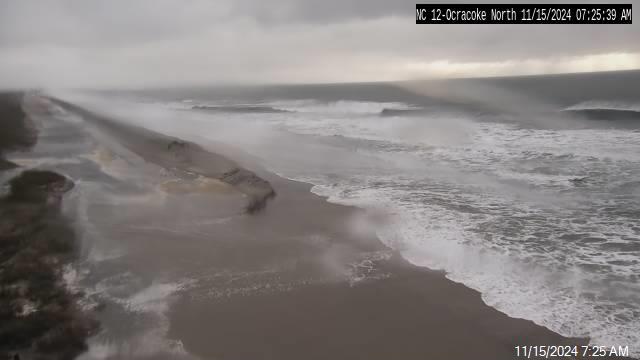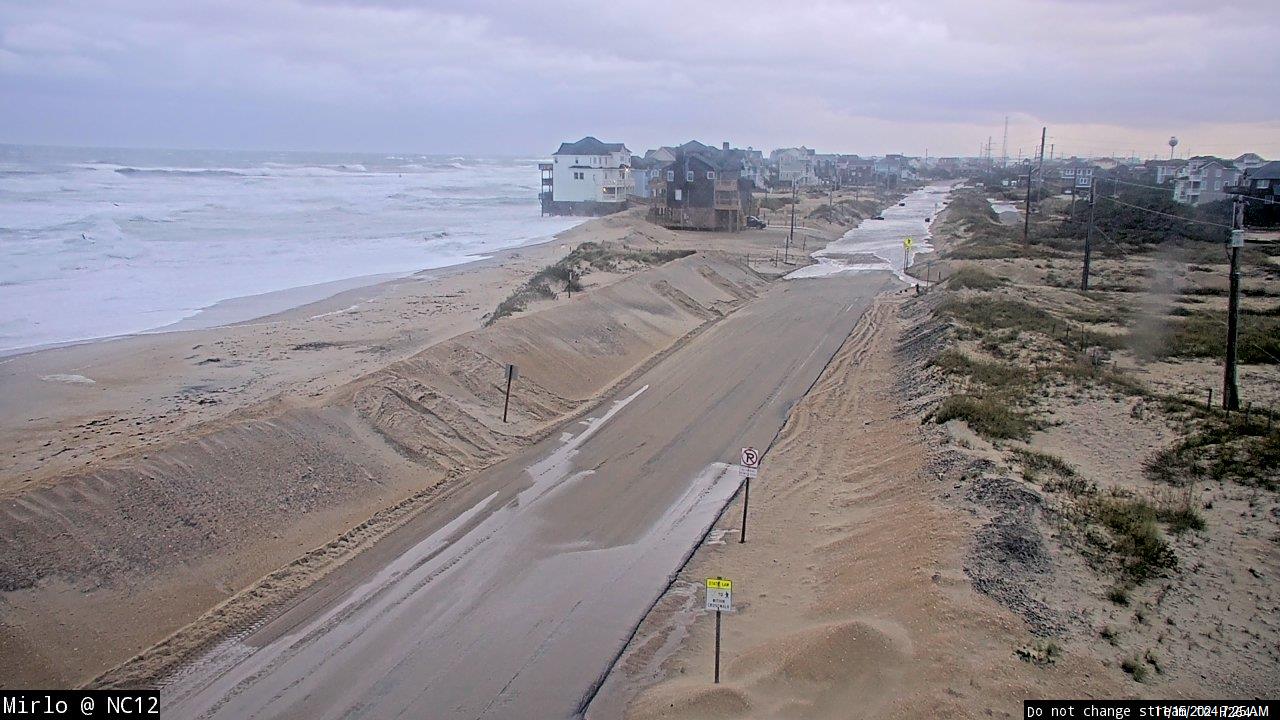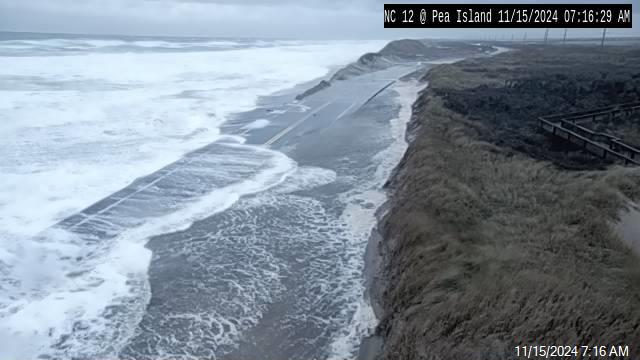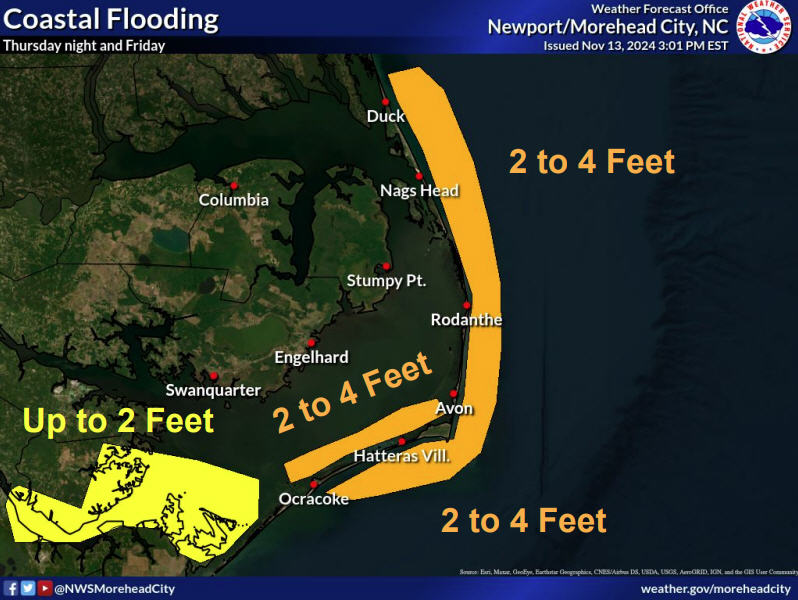Guest Column: Stop obstructing the Bonner Bridge replacement
With all the chatter over the recent closure and long-delayed replacement plans for the 1963 Bonner Bridge over Oregon Inlet, we should take the time to reflect on the old bridge, which once again is connecting the Outer Banks to the mainland.
The truth is that the bridge is a monument to human engineering. For half a century, it has withstood some of the most challenging conditions imaginable while being closed only once due to natural forces. Now beyond its designed lifetime, it still serves us –although it should not have to.
After a fair and inclusive planning process, almost everyone has stopped bickering. Almost. A small group of activists continues to delay the new bridge.
The Southern Environmental Law Center – representing clients Defenders of Wildlife and the National Wildlife Refuge Association — wants everyone to think that the “long bridge” plan is not only better for the environment but cheaper as well. The facts say otherwise.
In an opinion devastating to the SELC’s case, U.S. District Judge Louise Flanagan wrote that the current short-bridge proposal would cause the “least overall harm” to the environment. She also noted that the $1.2 billion long bridge would be the single most expensive infrastructure project in U.S. history.
The SELC is not fighting for the environment or for taxpayers — and certainly not for the residents of the Outer Banks or its many visitors.
The SELC has been contesting this project for years, and it has lost every step of the way. Even if you agree with it on the issue, any reasonable person would realize that now is the point to stop, especially considering the mounting costs to taxpayers to defend the suits and keep the current bridge open.
Environmental advocacy groups have a role to play in our democratic process, and the SELC surely has the right to appeal cases it loses in court. But having a right to do something does not mean it is the right thing to do. It is clear by this point that the SELC is not fighting for its beliefs. Instead, it is fighting not to lose a court case in which it has invested much time, effort and funds.
The SELC is a group of lawyers, and those lawyers are playing the game with the team they have. After years of collaboration and public involvement crafting a solution, they seem to think their opinion is more important than the democratically reached plan developed by a team of three state agencies and five federal agencies, permitted by many of those same agencies and upheld by a federal judge.
You would think that with the criticism it has received over trying to manage transportation projects from Charlottesville and Chapel Hill, the SELC would be sensitive to sounding imperious and callous.
But on WUNC radio Dec. 10, the SELC’s Derb Carter bemoaned the fact that local input has helped shape the bridge project. The judge differed, saying that collaboration with locals who will use the bridge most is exactly what the law requires.
I realize that suing is what the SELC does. I suppose its leaders feel they must keep going at this point because at the federal level, if they win they can stick the taxpayers with all their legal fees. So even if the chance is remote, the risk is worth it financially. Also, the prolonged publicity allows them to continue to stimulate donations.
As a final insult, the SELC is actually trying to convince folks that its obstruction is not delaying the project.
The SELC and its allies repeat the talking point that the new bridge could not begin construction even if the lawsuit were dropped. But the only permit the project still needs (from the U.S. Coast Guard) cannot be granted until the lawsuit is resolved. Make no mistake: The only thing standing between us and a new bridge is the SELC.
Ample opportunity was provided for a wide variety of stakeholders to have input — as early as 1993 and as late as 2010. Many plans were proposed and options considered. Certainly not everyone got everything they wanted. But now support for the current plan is nearly universal. Supporters include Democrats and Republicans, local citizens and tourists, and even impartial judges.
Building a new bridge over the inlet, with 21st century technology, is the right solution for the taxpayers, the environment, and especially for the 5,400 to 13,000 vehicles that use the bridge every day. It is time to move on and build a bridge for the next 50 years.
(John E. Skvarla III is secretary of the North Carolina Department of Environment and Natural Resources. This guest column was first published in The Virginian-Pilot)







